Pull-Toggle Anchors and Toggle Bolts
To understand toggle bolts and pull-toggle anchors, you need to first know what a toggle anchor is. A toggle anchor is a metal folding piece that has a spring-loaded mechanism that keeps the toggle anchor folded open. Toggle anchors have a similar function to drywall screw anchors, but they hold bolts in drywall instead of screws. Toggle bolts can also hold significantly more weight than regular drywall screw anchors, with some rated to hold as much as 120 pounds.
The way toggle anchors function is also different. To use toggle anchors, you must first insert your toggle bolts on whatever object you want to put up (say curtain rails), then you attach the toggle anchors. Finally, the bolts are then installed via pre-drilled holes. Once the bolts are inserted the toggle anchors fold in half going through the hole and then unfold on the other side of the drywall, holding the bolt in place and allowing you to tighten it.
Because they are bigger than regular drywall screw anchors, toggle anchors require bigger holes for proper installation. Pull-toggle anchors offer a solution to this by combining both metal toggle bolts and a plastic anchor, thereby allowing for a smaller hole. The pull-toggle anchor achieves this by using a plastic retainer to secure the anchor to the wall, meaning you don’t have to install the bolt and anchor as one piece.
Drywall Screw Sizes
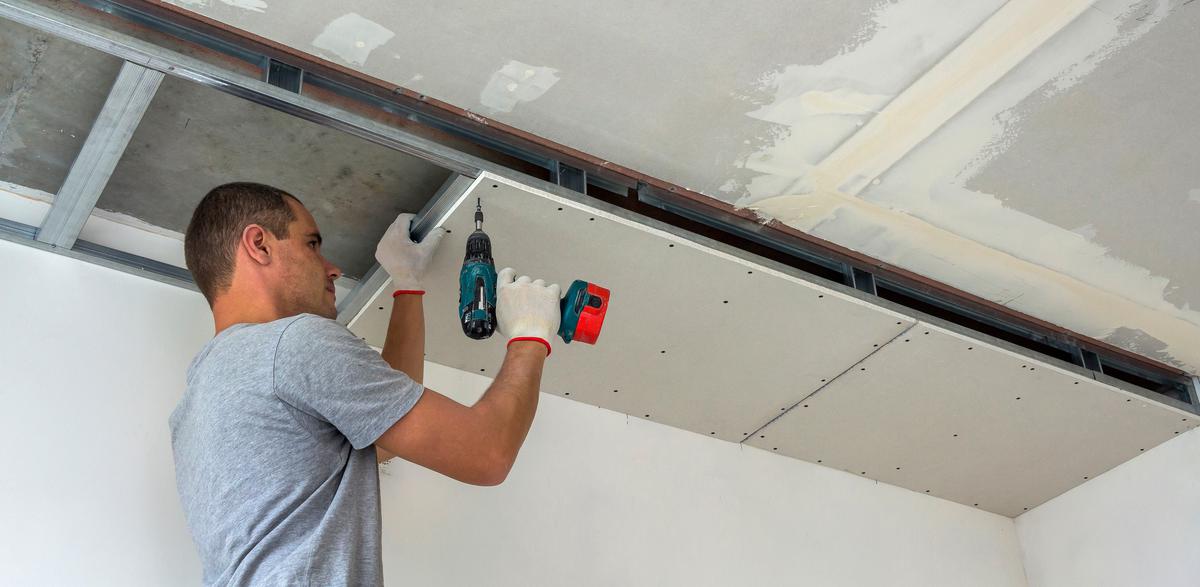
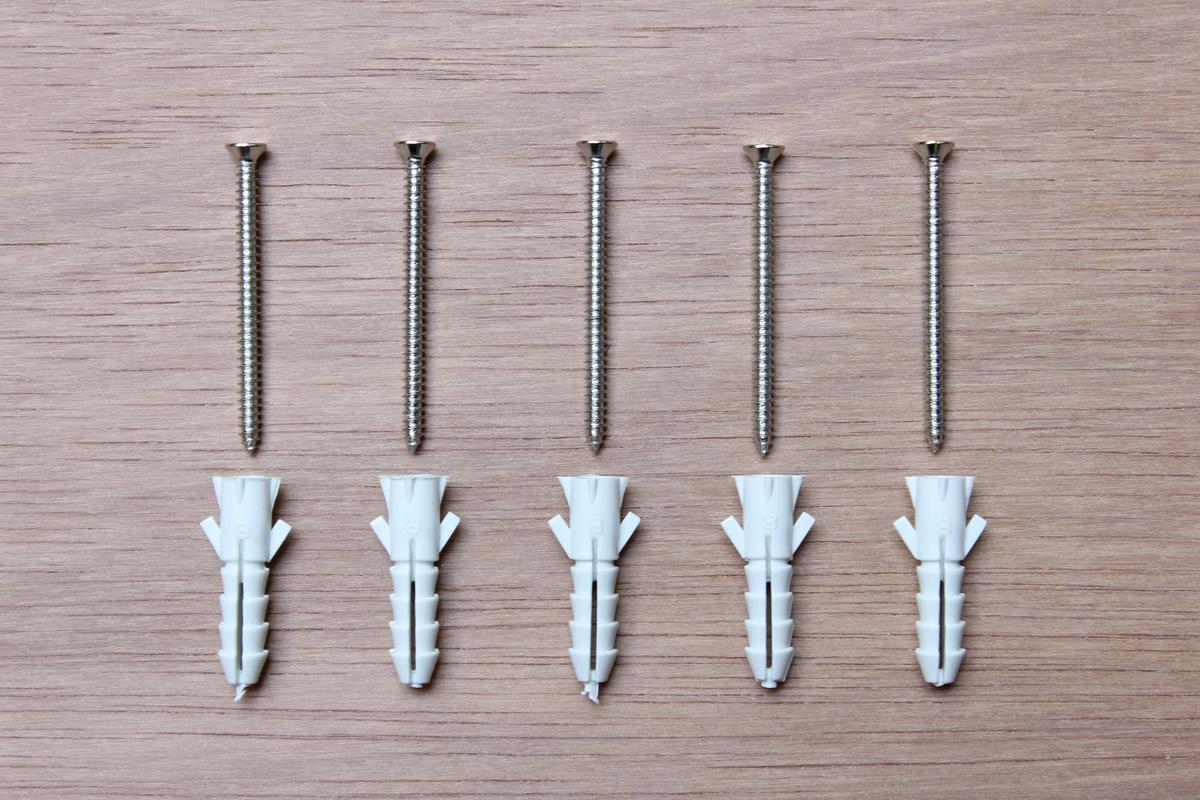
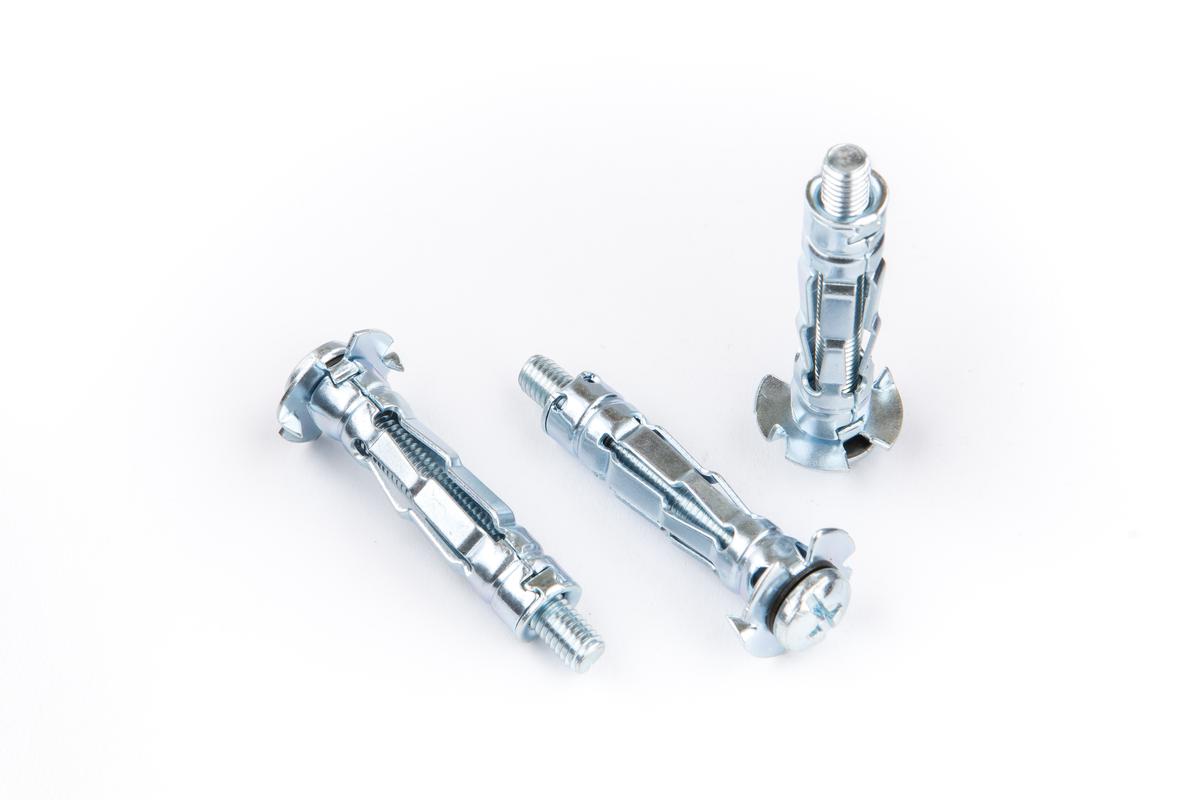
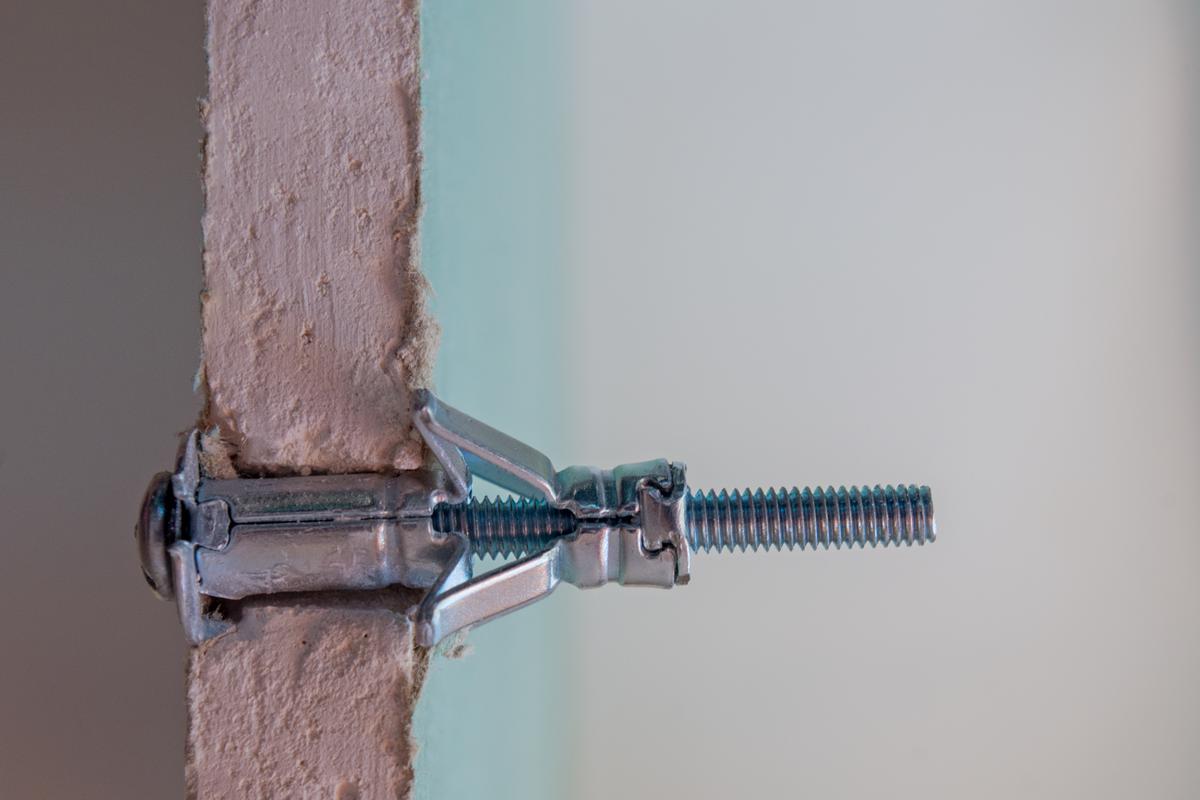
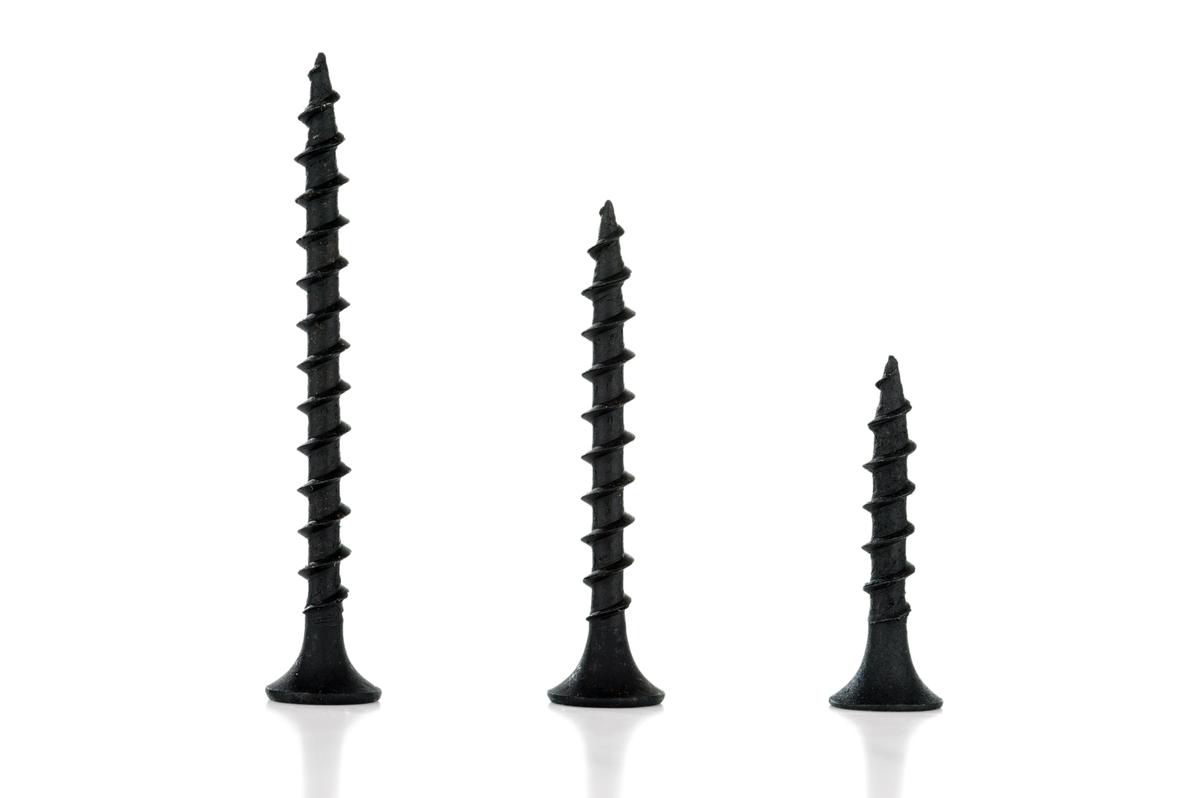

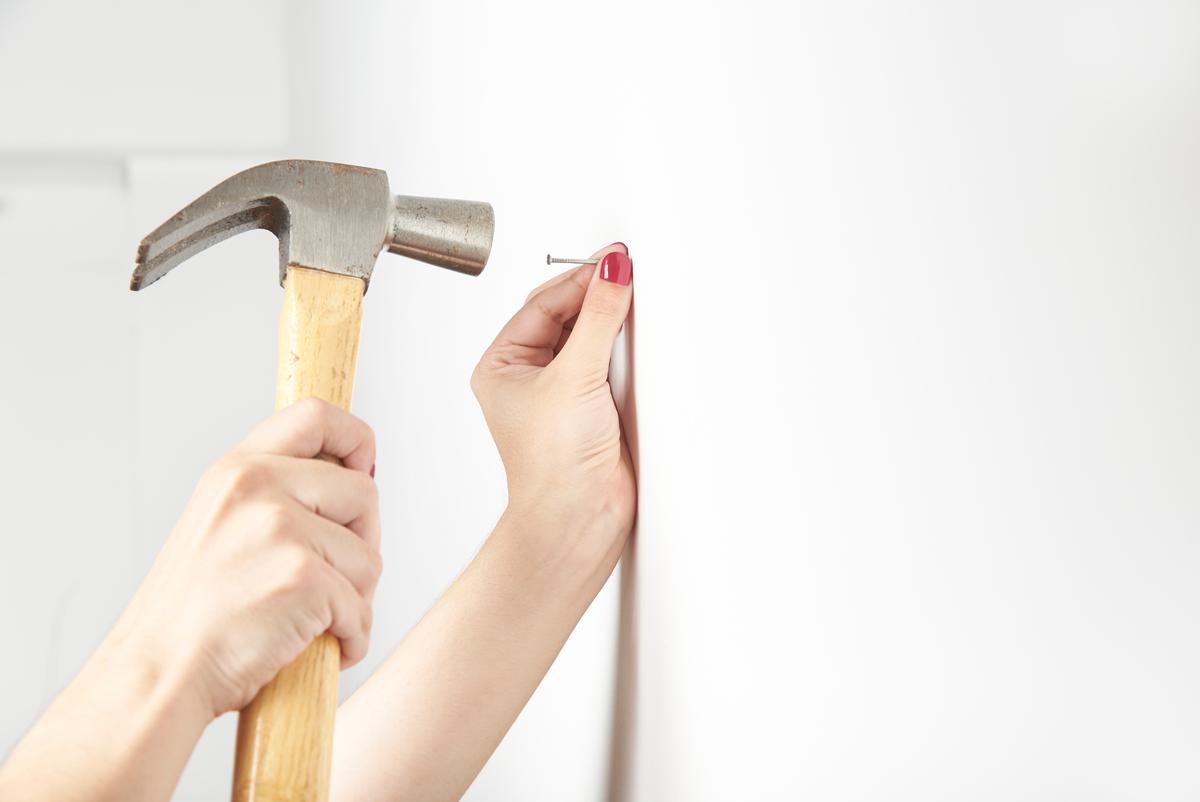
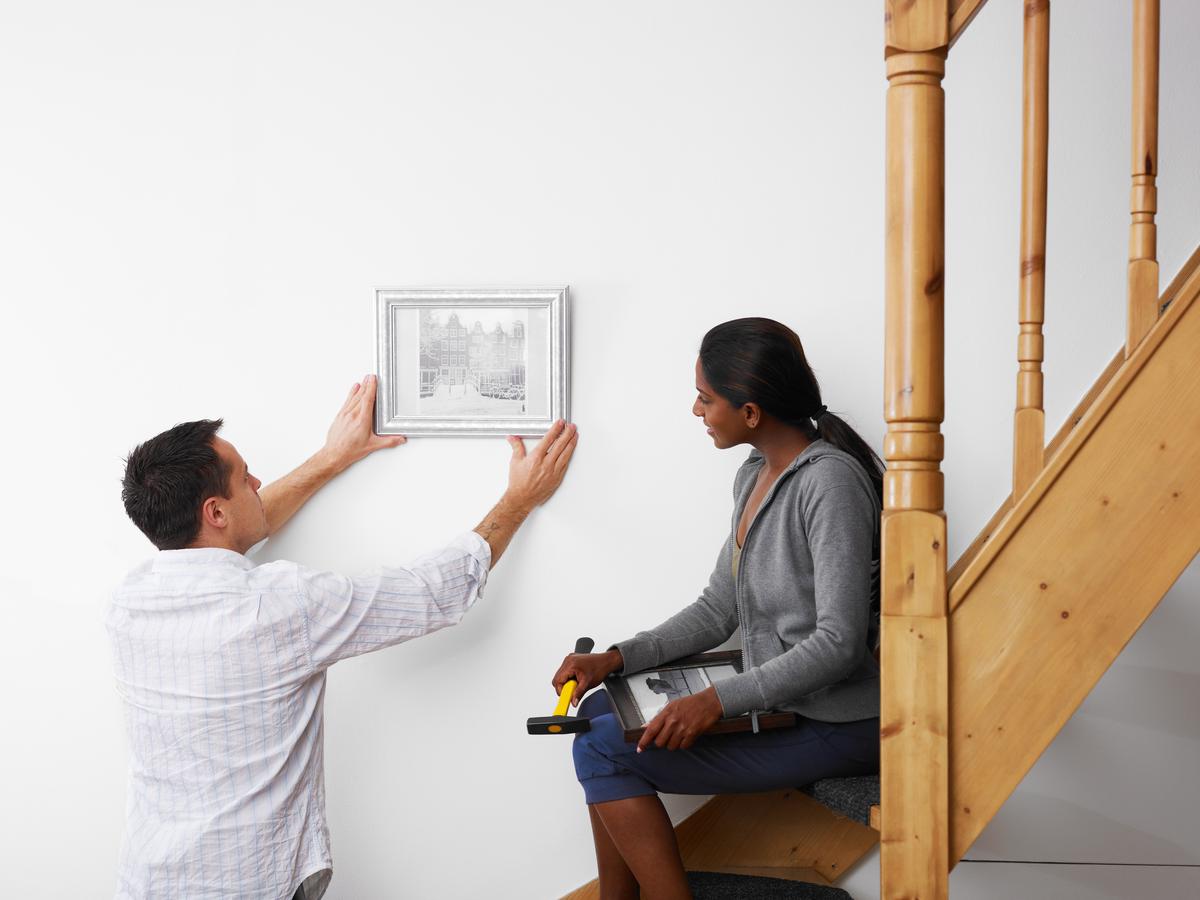
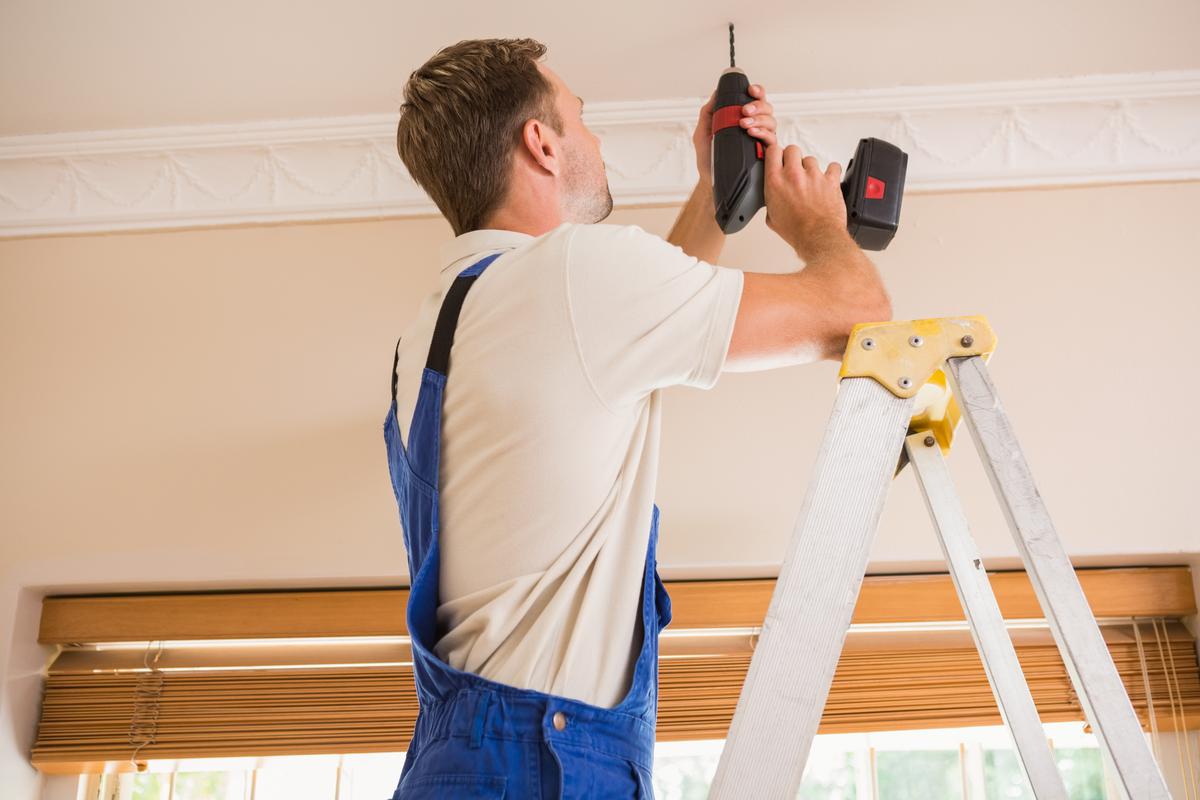

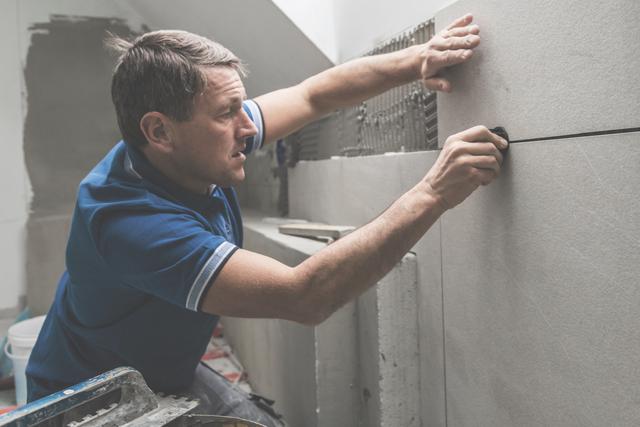


comments